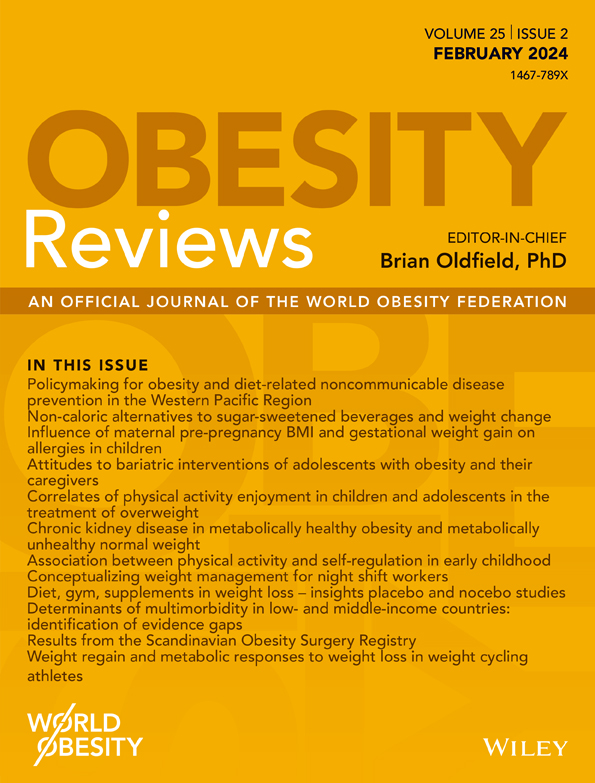Identifying Effective Design Components in Physical Activity Interventions Post-Bariatric Surgery: A Systematic Review and Meta-Analysis
Abstract
Introduction
Poor physical activity (PA) conditions post-bariatric surgery can negatively affect patient prognosis. The long-term PA intervention effects are suboptimal, and lacking exploration regarding the dose–response relationship between intervention configurations and outcome. This study aims to explore the association between post-bariatric surgery PA intervention design components and actual PA improvements.
Methods
Seven electronic databases were searched. Included were randomized or quasi-randomized controlled trials post-bariatric surgery that implemented PA interventions and reported PA levels. Meta-analyses were conducted for changes in PA and BMI. Subgroup analysis and meta-regression were performed based on score of consensus on exercise reporting template (CERT), subjective and objective PA reports, intervention type, and intervention-related timing.
Results
Out of 11,896 screened articles, 16 were included, totaling 1256 participants. Meta-analysis results showed significant improvements in PA status at the end of the intervention (SMD = 0.82, 95%CI 0.25–1.40, p = 0.005), with no significant differences in PA changes at follow-up times or BMI changes (p > 0.05). Subgroup analysis indicated that subjective reporting, combined exercise type, starting intervention 1.5 months post-surgery, and a CERT score ≤7, as well as clear reporting of certain CERT items, enhanced intervention effects. Meta-regression demonstrated significant associations between CERT score and changes in PA (β = 0.415, p = 0.038) and BMI (β = −0.253, p = 0.022) at follow-up times.
Conclusions
PA interventions should adopt a training program combining resistance training with aerobic exercise, clearly define training equipment and locations, and provide supervision, motivational strategies, replicable exercise guidance, and training compliance evaluations to enhance the long-term improvement of PA levels in post-bariatric surgery patients.

 求助内容:
求助内容: 应助结果提醒方式:
应助结果提醒方式:


